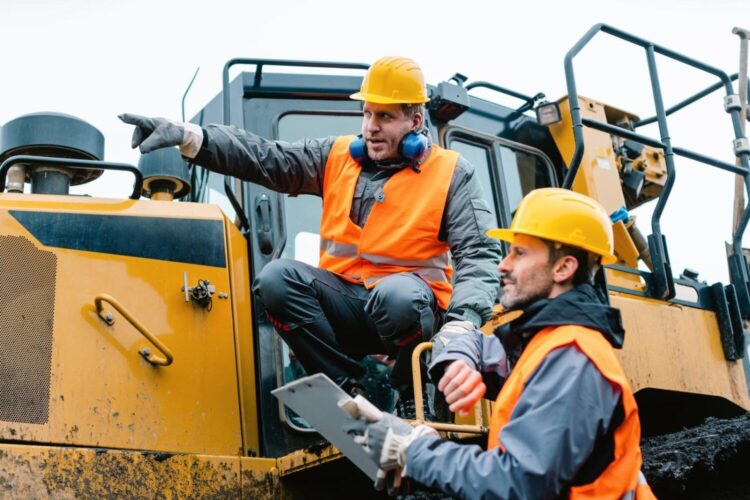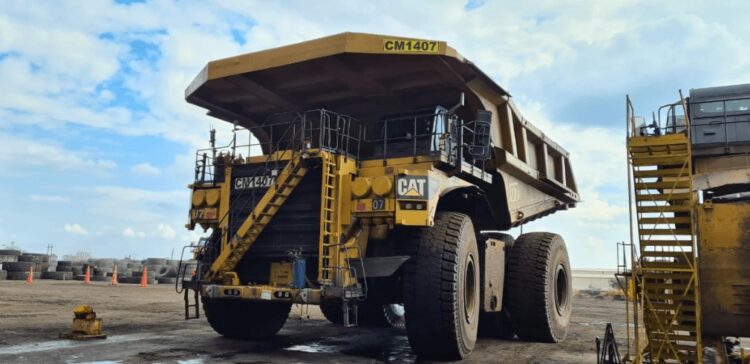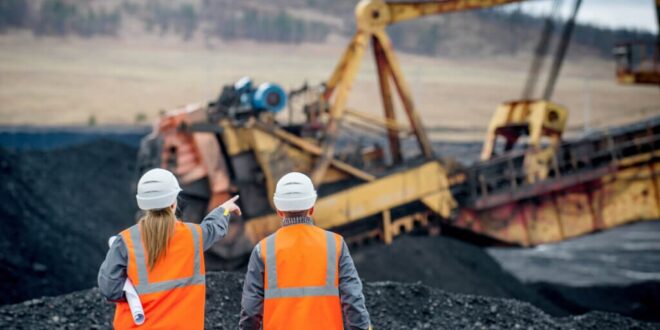In the mining industry, the maintenance and safety of equipment are paramount. Proper upkeep ensures not only the longevity of the machinery but also the safety of the workers operating them.
Adhering to best practices in maintenance and security protocols is crucial for efficient and hazard-free mining operations. This blog post delves into five essential tips for enhancing both aspects, ensuring your mining endeavors are both productive and secure.
1. Regular Inspection

Regular inspection is the cornerstone of maintaining mining equipment. Thorough inspections can preemptively uncover potential issues, preventing them from escalating into more significant problems. Key aspects to focus on include checking for wear and tear, ensuring all parts are functioning correctly, and looking for any signs of fatigue in the equipment.
Regular inspections should be systematic and recorded, with a keen eye for details like unusual noises, vibrations, or leaks. These practices not only extend the equipment’s lifespan but also contribute to the safety of operations. To ensure that you need less regular inspections, ensure that you’re using quality gear such as Mammoth Equipment and Exhausts.
2. Proper Training
Proper training for those who operate and maintain mining equipment is non-negotiable. Comprehensive training programs are instrumental in preventing accidents and minimizing equipment downtime. Such programs should cover operational procedures, emergency responses, and routine maintenance tasks.
Training should be ongoing, adapting to new technologies and practices. It’s beneficial to utilize specialized training resources, including simulators and industry-specific courses, to ensure personnel are well-equipped with the knowledge and skills required to safely and effectively handle mining equipment.
3. Preventive Maintenance
Preventive maintenance involves regular, scheduled care of equipment to avoid unforeseen breakdowns. This proactive approach includes tasks like lubrication, parts replacement, and software updates. By implementing a rigorous preventive maintenance schedule, you can significantly reduce downtime and extend the equipment’s operational life.
Additionally, preventive maintenance is cost-effective, as it mitigates the need for extensive repairs or replacements. Keeping detailed records of maintenance activities also helps in planning and allocating resources efficiently.
4. Safety Protocols

Implementing and adhering to safety protocols is crucial in mining. These measures are designed to minimize risks and enhance the overall safety of operations. Essential safety protocols include wearing protective gear, following operational guidelines, and being aware of one’s surroundings.
Regular security drills and training sessions reinforce these practices. It’s also important to stay updated with industry-specific guidelines and regulatory requirements. By fostering a culture of safety, mining operations can significantly reduce the likelihood of accidents and injuries.
5. Equipment Upgrades and Modernization
Periodically upgrading and modernizing mining equipment is essential for maintaining a competitive edge. Newer technologies and equipment models often offer improved safety features and operational efficiency. Upgrades can include implementing automation, using more robust materials, or integrating advanced monitoring systems.
These enhancements not only improve safety but also increase productivity and reduce operational costs. Examples of successful equipment upgrades can be found in automated drilling systems and real-time monitoring technologies, which have transformed many mining operations.
Conclusion
In conclusion, maintaining and improving the safety of mining equipment is a multifaceted endeavor. It involves regular inspections, proper training, preventive maintenance, adherence to safety protocols, and periodic upgrades.
Prioritizing these aspects not only ensures the safety of personnel but also enhances the efficiency and longevity of the equipment. By implementing these five tips, mining operations can achieve a higher standard of safety and efficiency, leading to more successful and sustainable mining practices.
 Hi Boox Popular Magazine 2024
Hi Boox Popular Magazine 2024



